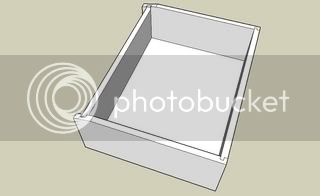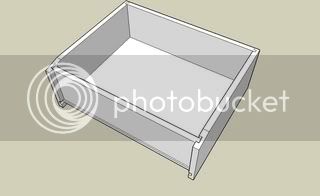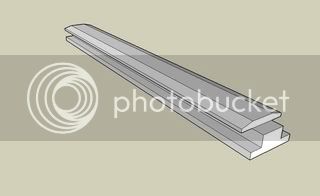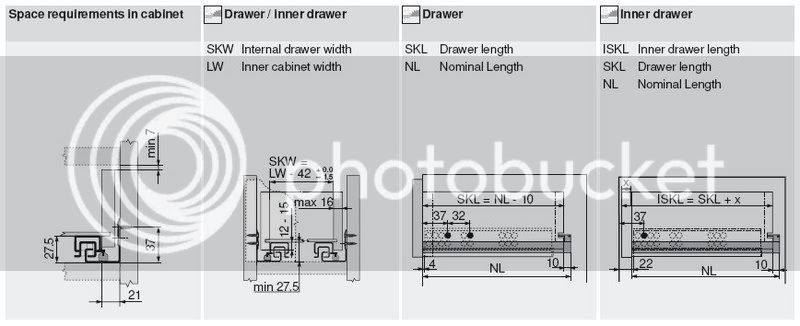johnelliott
Established Member
I actually used a bearing guided cutter in a router. The technique was to lie the cabinet on its back, to mount the router on a board that was long enough to reach across the cabinet, then rest the board across the face frame so that the router is at one end, with the bearing resting on the side of the cabinet and then trim the face frame flush to the cabinet.
Obviously it would be good if the cabinet sides are nice and straight, something which is taken care of when the faced frame is fitted
No need to trim the bottom of the face frame,of course, because that is flush with the inside of the base of the cabinet
John
Obviously it would be good if the cabinet sides are nice and straight, something which is taken care of when the faced frame is fitted
No need to trim the bottom of the face frame,of course, because that is flush with the inside of the base of the cabinet
John









